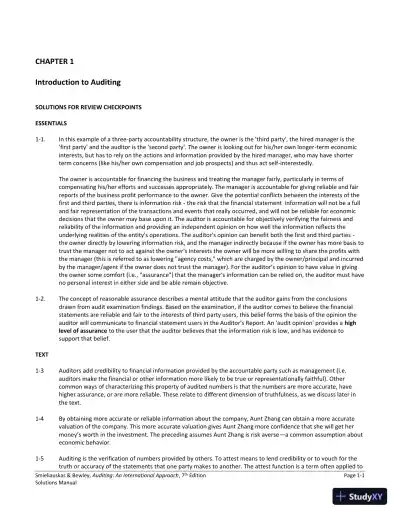Page 1

Loading page ...
Auditing: An International Approach Seventh Canadian Edition Solution Manual is the ultimate guide for understanding and solving textbook problems.

Loading page ...
This document has 439 pages. Sign in to access the full document!